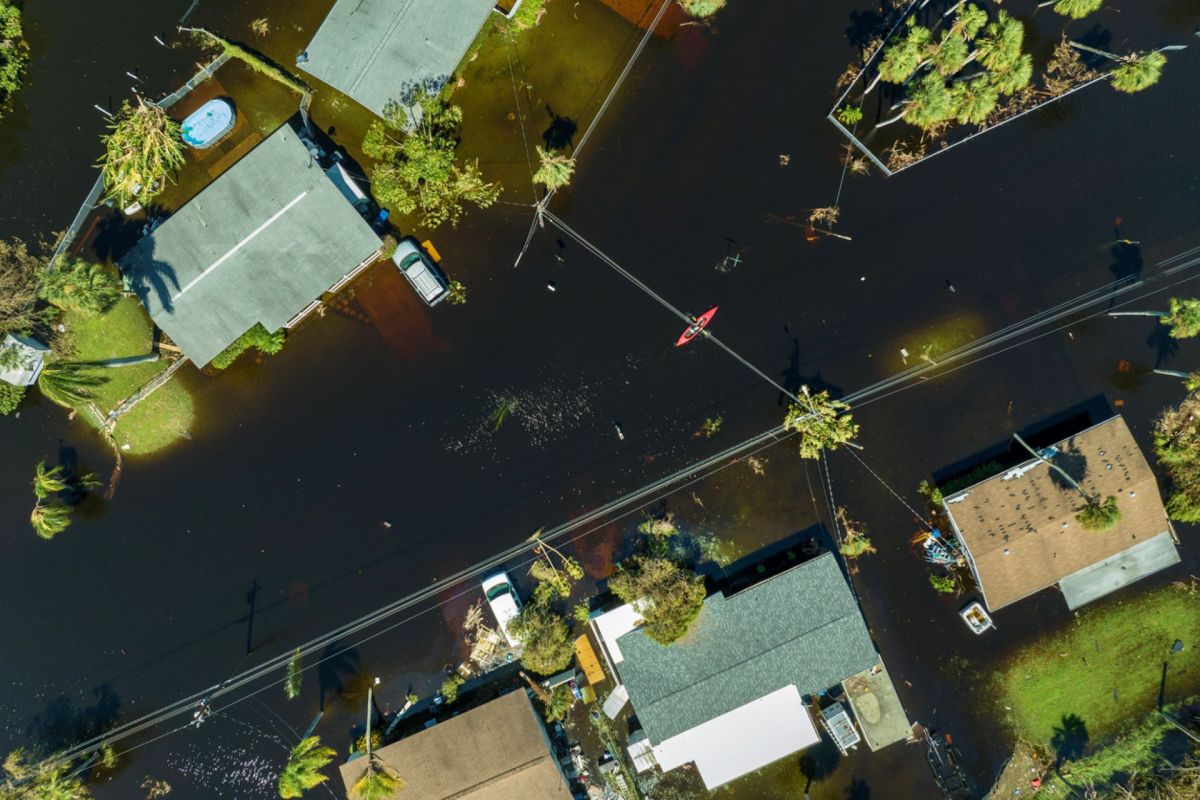In the first 10 months of 2023, the U.S. has weathered droughts, floods, hurricanes, and wildfires — at least 24 of which were severe enough to cause over $1 billion apiece in damages. That's a new record, Bloomberg reported, based on data through Oct. 10, with more than two months to go.
What's happening?
According to Bloomberg, referencing a report from the National Centers for Environmental Information, the first nine months of 2023 saw $67.1 billion of disasters causing 373 deaths.
For years, billion-dollar disasters have been growing more common nationwide. The average between 2017 and 2021 was a devastating one every 18 days, compared to what Bloomberg says was the historical average since 1980 of 8.5 per year, or one every 43 days.
But in 2023, that pace is already at roughly one every 15 days — almost three times as fast as the historical average — assuming no other billion-dollar disasters are tallied through the end of December.
That's also leaving out several disasters that have already happened, but whose costs haven't been fully assessed yet. As Bloomberg points out, Hurricane Hillary, recent hail storms in Texas, and the flooding in New York each have the potential to top that $1 billion mark.
Why are there so many disasters happening?
The driving cause behind these disastrous events is the Earth's rising temperature. As the average temperature of the planet rises due to heat-trapping air pollution, the weather gets less stable and more prone to extremes.
Dry areas often get drier and more prone to heat waves, fires, and droughts. Wet areas often get wetter, with increased flooding and storms. The strain on our infrastructure leads to dangerous complications like power outages, making the problem worse.
People across America are seeing the results. Even people not in the direct path of the destruction are feeling the pinch, as insurers raise their rates to offset the increase in claims. Some companies are completely pulling out of disaster-prone states like Florida and California.
What's being done about these major disasters?
After every one of these incidents, state and federal agencies respond with disaster relief funds and services to help ease the burden. For example, in September, President Joe Biden authorized disaster relief for victims of Hurricane Idalia and those with contaminated drinking water due to saltwater intrusion in Louisiana.
Long-term, the best solution is to reduce air pollution to lower the temperature of the Earth. That means switching from gas to electric wherever possible; minimizing waste and the use of disposable plastic; and supporting policies and products that minimize pollution.
Join our free newsletter for cool news and actionable info that makes it easy to help yourself while helping the planet.









